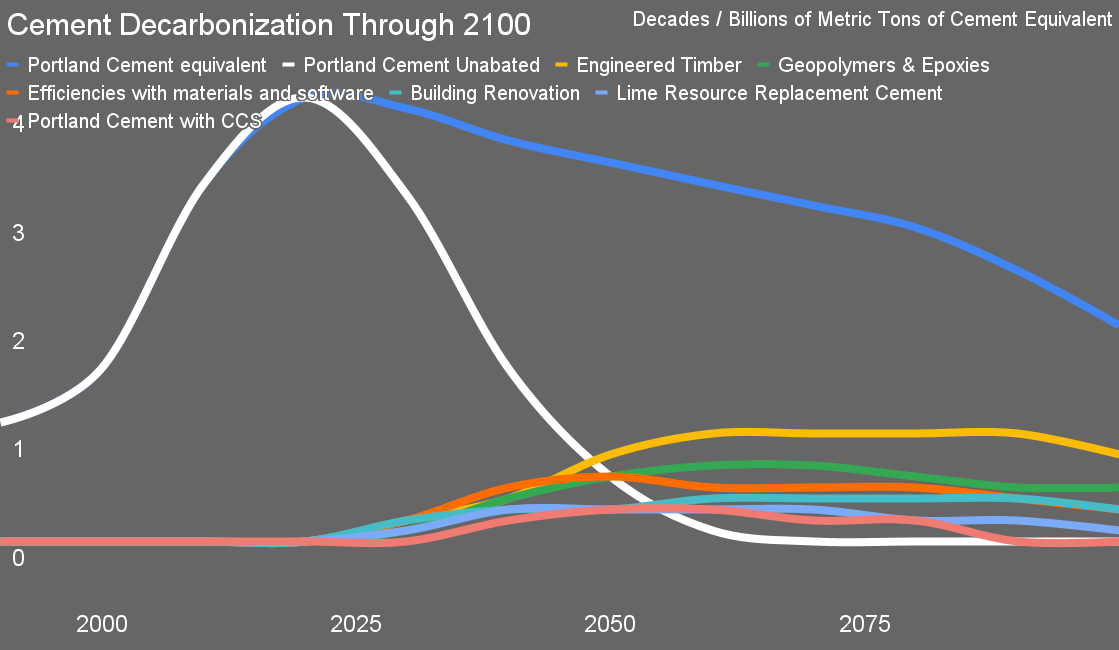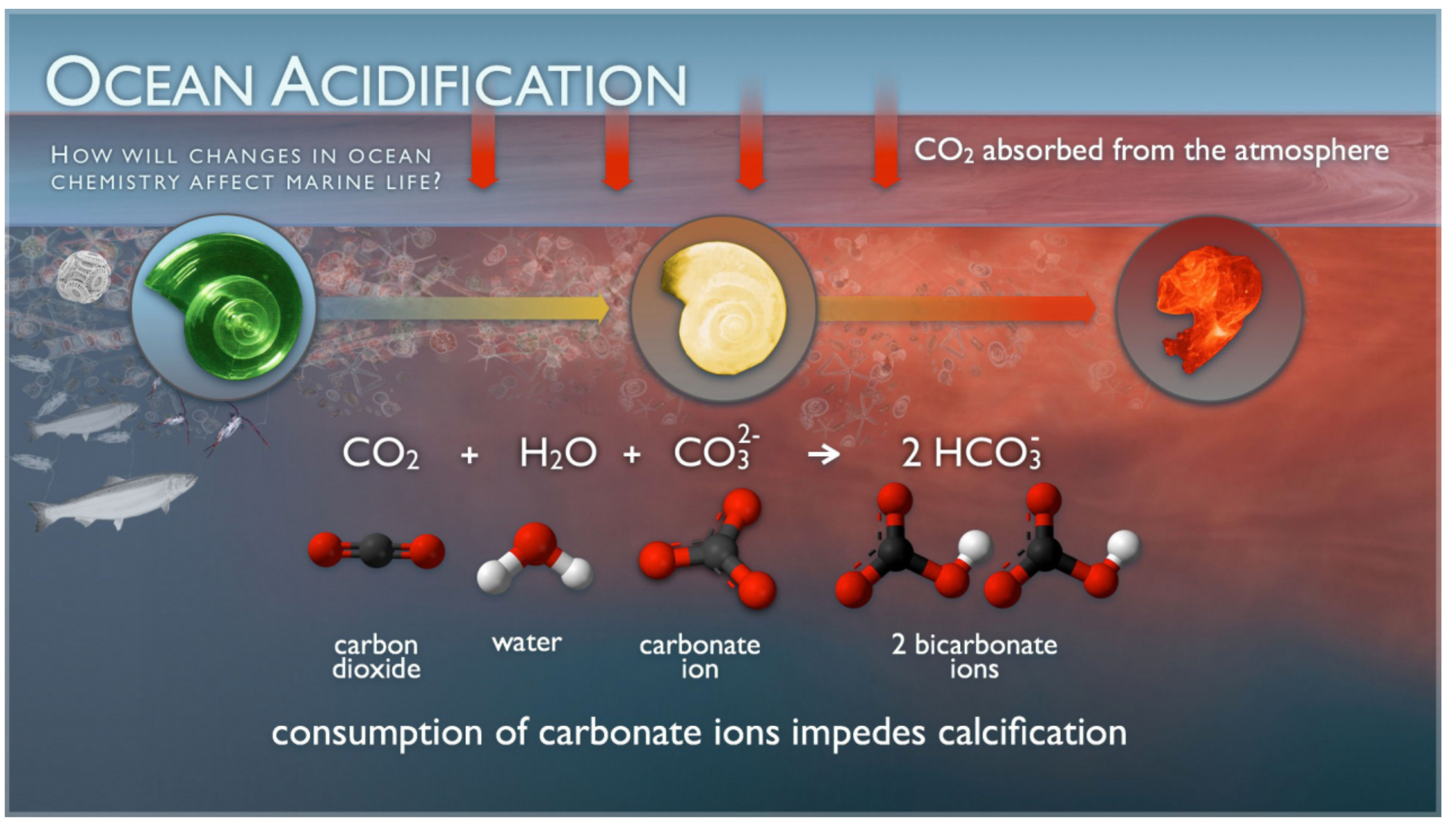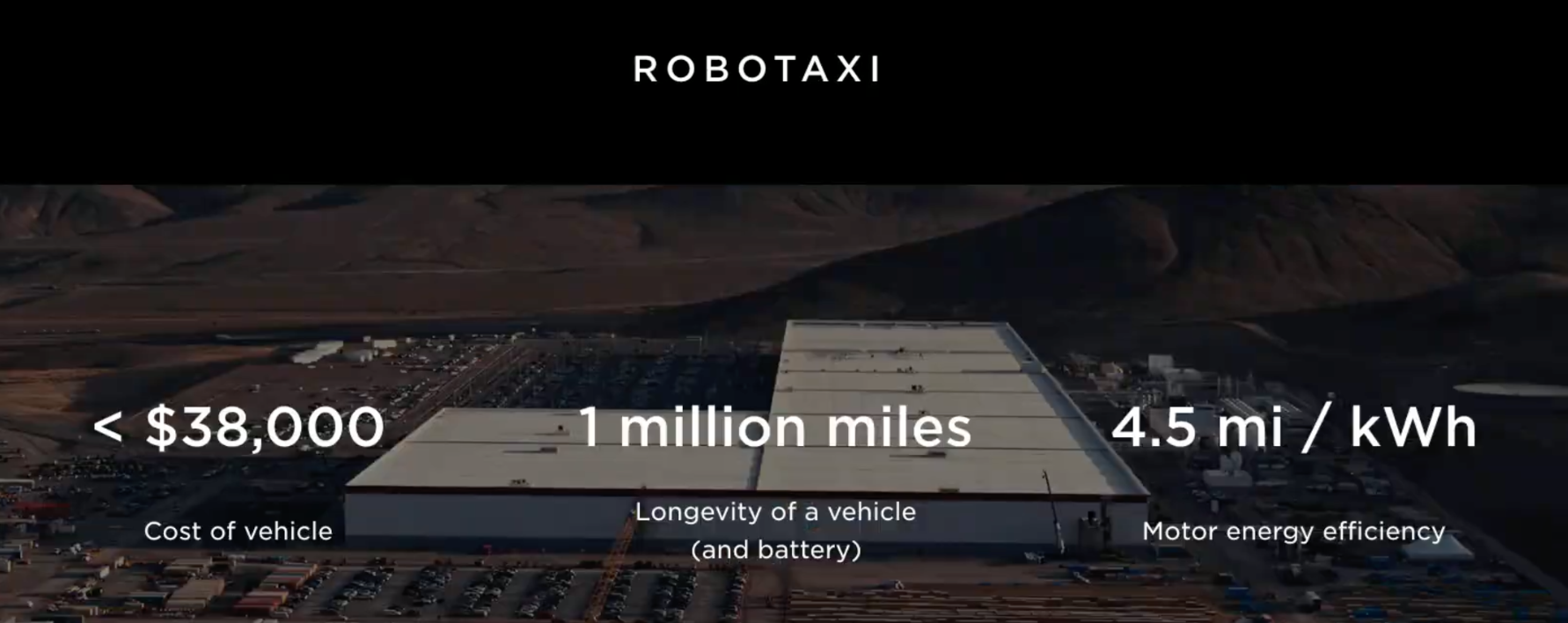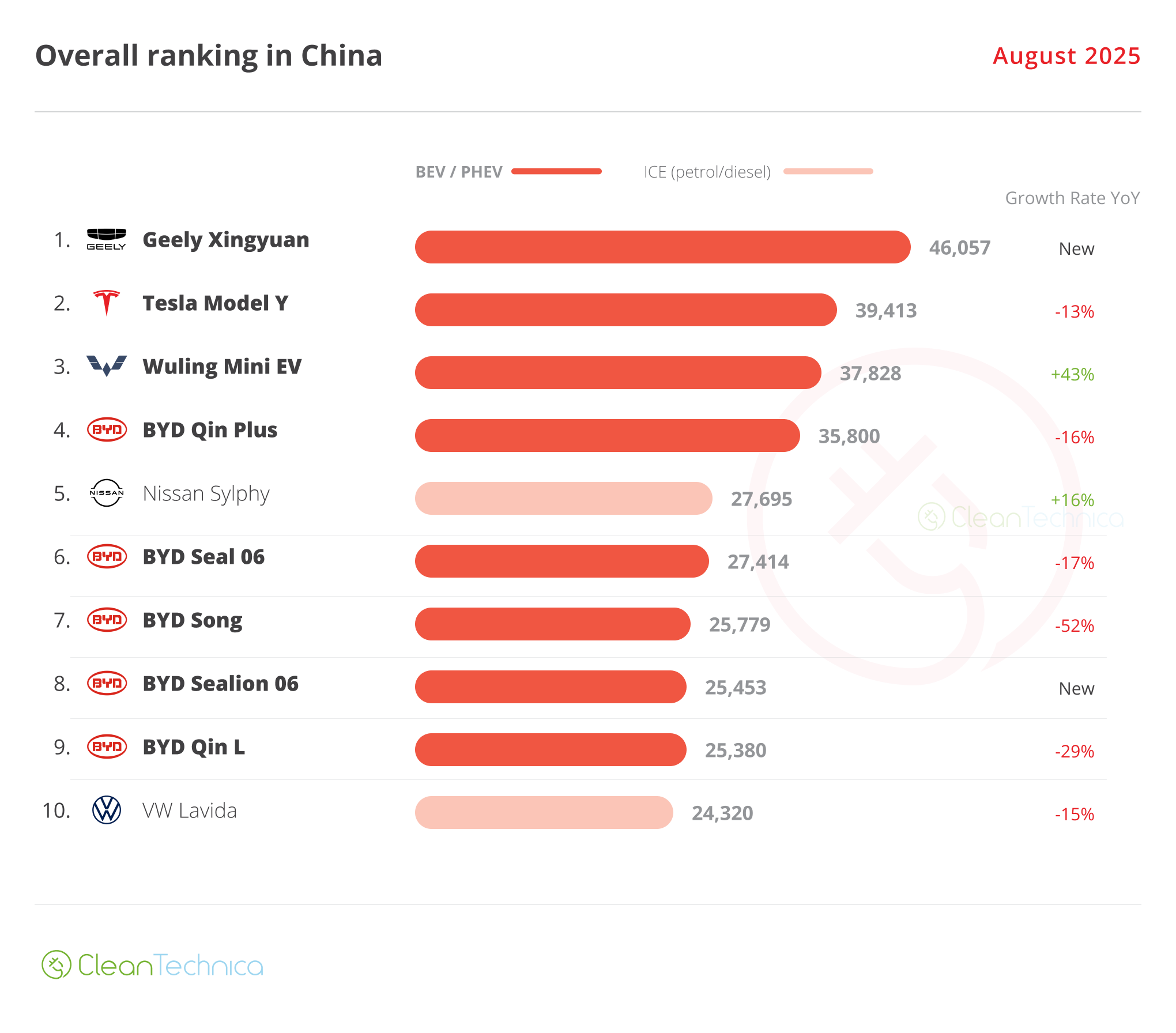Sign up for daily news updates from CleanTechnica on email. Or follow us on Google News!
Regular readers might think Californians have a lock on poorly thought-through ideas for ‘enhancing’ oceanic carbon uptake, but apparently Italy decided to throw a log on this fire. A startup is promoting the idea of digging up long-sequestered carbon dioxide in the form of limestone to make quicklime to make bicarbonates to pour into the ocean. There’s a bit to unpack there.
Let’s start with the basics. Heating limestone at 900° Celsius to make quicklime is a fundamental process in the manufacturing of cement. It’s a major climate change problem as the process produces about 8% of global carbon dioxide emissions. This is a very well understood chemical and industrial process that innumerable people are working to find a way around that doesn’t involve going back to living in mud huts.

Thankfully, there is a solid set of solutions for the problem that is going to address most of it, and most of the solutions are already well underway globally. This chart is from my projection from earlier this year of cement displacements and decarbonization pathways through 2100. A big one, reduced demand, is roiling markets already, as China’s massive infrastructure build-out — 500 cities, 45,000 km of high-speed electrified rail, 177,000 km of highways, 40 or so major ports, etc. — is coming to an end, and with it a decline in steel and cement demand, along with the energy required to manufacture them.
As I said to an Indian utilities professional last week while giving one of the last of my seminars on global decarbonization levers with a masala flavor, this one on carbon capture, utilization, and storage, China has been manufacturing half of the steel and cement used globally, ten times more than India. If India, Brazil, and Indonesia each double steel manufacturing, they won’t replace China’s reductions. Further, they aren’t industrializing in the way that China did, with different economic growth trajectories that aren’t as carbon heavy and also aren’t as fast. China’s reduction will be removing a massive emissions problem that won’t be replaced.
Cross-laminated timber (CLT) or mass timber or engineered timber or regional variants like Xlam is just beams, walls, and floors made of plywood, massively stronger, lighter, and lower-carbon than reinforced concrete, and it actually sequesters a ton of carbon dioxide in a ton of the stuff. Geopolymers and epoxies are cement replacements, sometimes a bit better and sometimes a lot better. Geopolymers also get rid of waste streams from other industrial processes, which is helpful. Software efficiencies means building more with less cement. Recycling old concrete into new cement has play, especially in the US where it could displace a third of demand. Of course, the end of population growth, arriving between 2050 and 2070, means no new people requiring residences and more reuse of existing buildings. This is also one of the few domains where carbon capture might pencil out, especially with electrified processes in cement plants beside sequestration sites.
But this will all come with a massive decline in digging up limestone and baking it. That’s a big environmental win.
Moving on from the problem that is digging up and baking limestone today, let’s talk briefly about other oceanic carbon drawdown solutions. I’ve been looking at this problem for several years, working my way through the chemistries and concerns, and more recently digging my way through the proposed solutions. It’s worth looking at that chemistry, and why oceanic acidification is a big concern that’s not discussed nearly enough as a climate change impact.

This diagram from the NOAA spells out it fairly nicely, but is quite obtuse about the implications. Carbon dioxide gets absorbed by the ocean. It combines with seawater to make carbonic acid, which reduces the alkalinity of the brine a bit. Then it combines to free-floating carbonate ions which have a carbon atom in them to make a couple of bicarbonate ions, which is the form 98% of oceanic carbon sits in.
The reduction in alkalinity is an issue because it reduces carbon dioxide uptake by the oceans, and they normally suck up 25% to 35% of our excess. The more carbon dioxide we emit, the less the oceans can suck up. That’s the first, but not the only problem.
The second problem is related to those carbonate ions. Shellfish use carbonate ions to make their shells, but can’t use bicarbonate ions. As carbon dioxide goes through the process of making bicarbonate ions, it reduces the available carbonate ions. Fewer carbonate ions, more brittle shells. That’s a big problem for all of the sea life that builds shells and reefs, and it’s a big problem for everything that depends on them for calories. You know, like humanity. About 17% of humanity’s protein requirements are met by seafood, and seafood depends on shellfish existing, directly or indirectly.
As a note, this is one of the reasons I’m leery about solar geoengineering, as it slaps a bandaid on one problem, heating, while doing exactly nothing for the other problem, oceanic acidification. Because it would put a bandaid on a symptom which is more obvious to us, heatwaves getting headlines and all, and doesn’t help a problem which is invisible to us, the problem that’s invisible to us would get worse and we wouldn’t do much about it.
Scientists have been aware of this and working on solutions for decades, and recently that’s resulted in a spate of remarkably poorly thought-through startups. One of them won the Musk-sponsored carbon drawdown XPRIZE worth a million dollars with a scheme to dump magnesium hydroxide — milk of magnesia as most people know it — into oceans despite having a carbon debt for the magnesium hydroxide that swamps the carbon benefits, as well as a cost that was somewhat eye-watering. Another proposes to mine, crush, and ship green, spiky olivine to beaches, ignoring again the costs and carbon debt, as well as the social license to turn beaches that will pay for sand replenishment into inhospitable and odd-looking green margins. Another proposes to lift billions of tons seawater likely five meters at great energetic expense, electrolyze it into submission, suck out the carbon dioxide and pump the seawater back into the ocean, leaving the question of what to do with the resulting millions of tons of gas. Another is doing somewhat the reverse, using carbon dioxide, seawater, and electrolysis to manufacture bicarbonate ions and a bit of hydrogen, also requiring massive energy and benefiting from the carbon capture and hydrogen hype cycles.
In combination, it’s very difficult to imagine any of these solutions scaling or getting remotely inexpensive per ton of carbon dioxide sequestered, where they actually manage to have net negative carbon dioxide in the first place. Some of them make the shellfish problem worse, yet marine biologists don’t appear on their rosters. I suspect a lot of failed environmental impact assessments in their future. The only solution that has some merit is the one that proposes to lift billions of tons of seawater to the seashore to electrolyze it, and the energy requirements make it clear that it’s like all carbon capture solutions, something that would take useful low carbon electricity out of places where it’s actually delivering low-carbon solutions and avoiding carbon dioxide emissions in the first place. As noted, all of these firms have California roots. One imagines that the percentage of surfers is high.
Into this unfortunate group of non-solutions and the context for cement comes the Italian entrant. They are proposing that instead of avoiding digging up and baking limestone, that we do more of it. Their full process involves burning biomass in pure-ish oxygen to create heat and a stream of carbon dioxide to capture. The heat would bake the limestone, creating more carbon dioxide and quicklime, aka calcium carbonate. They would then combine the quicklime and carbon dioxide in their reactor with seawater to manufacture a slurry that’s rich in calcium bicarbonate ions.
On their website, the PDF they send around and at least in the abstract and conclusions of the scientific paper that they base this on — the full paper is firewalled, as is so frequently the case — they are silent on the question of whether their process would suck carbonate ions out of the seawater.
In net, they want to burn biomass, which they get from somewhere, in pure oxygen, which has a carbon debt of 0.4 to 1.2 tons of carbon dioxide per ton of oxygen across the primary processes of cryogenic air separation or pressure swing adsorption. They want to dig up limestone at energetic and carbon debt expense. They want to use the heat from burning the biomass to unsequester already permanently stored carbon dioxide, creating more carbon dioxide. They then want to pump seawater up at energetic expense to mix with the quicklime and carbon dioxide to maybe reduce the carbonate ions shellfish require and requester the previously sequestered carbon dioxide as well as some biomass carbon dioxide.
If this seems like energetic and carbon nonsense, with a side helping of potential adverse sea life impacts, it is. The publication history of the academics who are behind this make it clear that their hearts are in the right places, as are the hearts of the academics behind the milk of magnesium, sea water pumping, and green beaches schemes. But digging up more limestone to unlock its carbon dioxide to relock it in the oceans might make sense only when we have stopped digging up limestone to turn it into unabated cement, and only if the process doesn’t mess with shellfish. Mess with shellfish, and you mess with humanity’s food supply.
Have a tip for CleanTechnica? Want to advertise? Want to suggest a guest for our CleanTech Talk podcast? Contact us here.
Latest CleanTechnica.TV Videos
CleanTechnica uses affiliate links. See our policy here.
CleanTechnica’s Comment Policy





